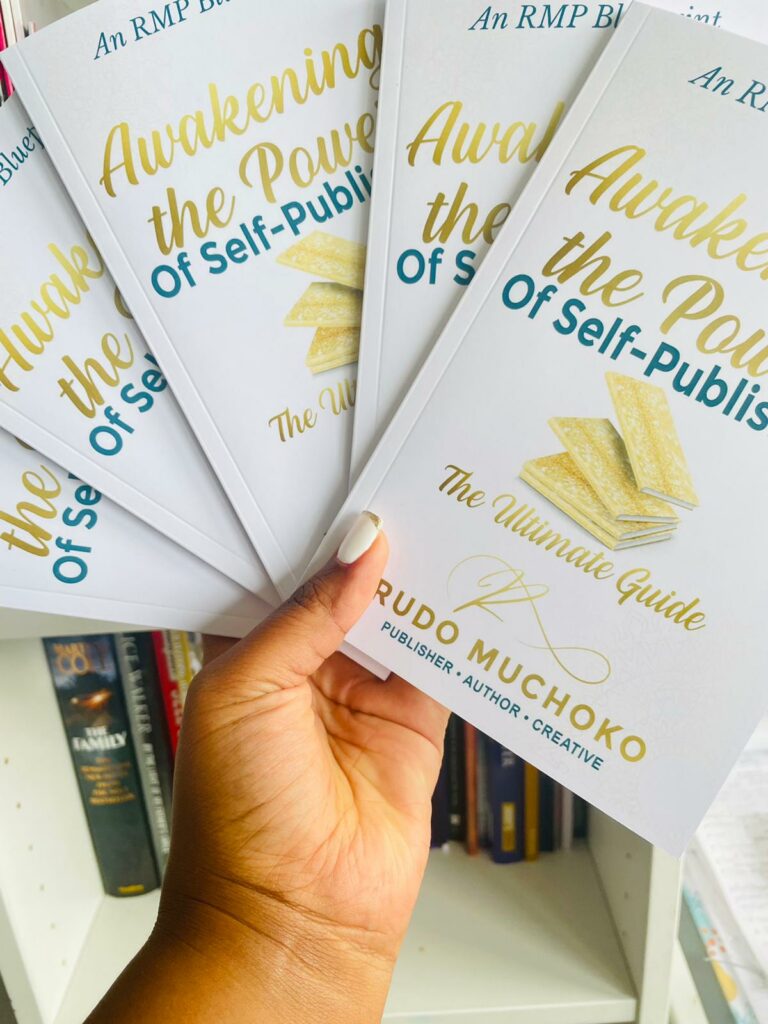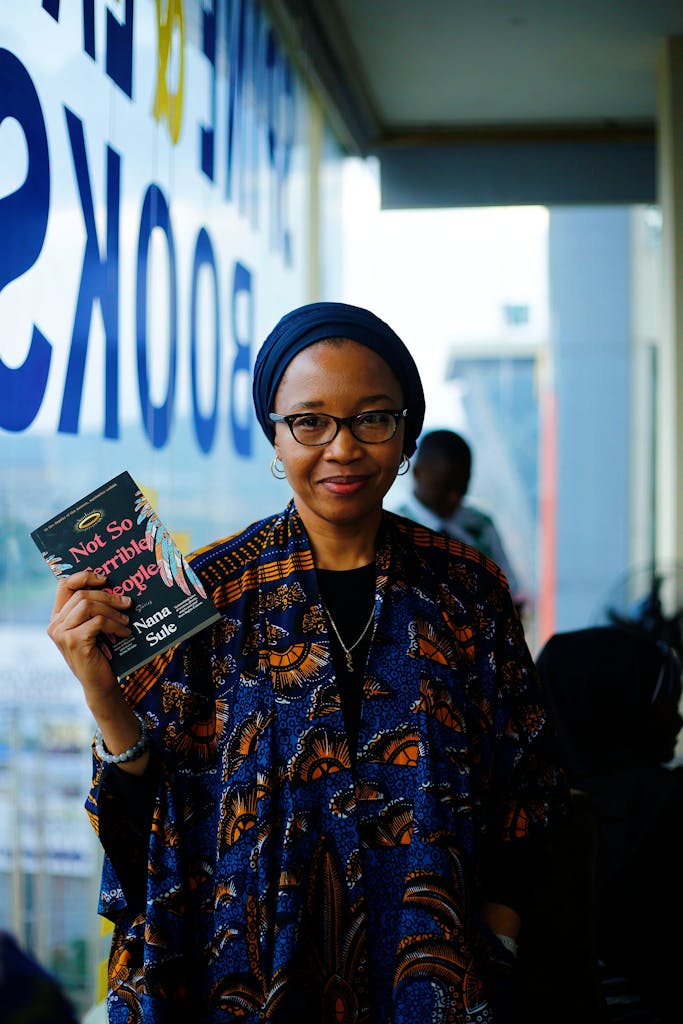
For many first-time authors, the publishing process feels like a maze. You finish your manuscript, but then the real questions begin: What happens next? Who edits it? How does it get a cover? And how will readers even find it? The truth is that publishing a book is more than just uploading a file and hitting “publish.” It’s a series of professional steps that transform your manuscript into a finished product readers will want to buy. Whether you’re considering self-publishing, traditional publishing, or a hybrid route, understanding the process will help you make confident decisions. Here is the publishing process explained.
The first stage is always editing. Even the best manuscripts need revision, and this step can’t be skipped if you want your book to shine. Editing usually happens in stages: developmental editing looks at the big picture—your structure, pacing, character development, or argument flow. Next comes line editing, where the focus shifts to style and readability. Copyediting follows, catching grammar errors and inconsistencies, before proofreading provides the final polish. Each round of editing gets you closer to a book that is clear, engaging, and professional. Many self-publishing authors hire freelance editors, while traditional publishers assign editors to guide the process.
Once editing is complete, attention turns to design. A book must look as good as it reads, which means formatting the interior so it’s easy on the eye and creating a cover that captures attention. Interior formatting ensures that your text appears clean and readable across formats—print and eBook alike. Fonts, margins, spacing, and headings all play a role in readability. Cover design, on the other hand, is about first impressions. Readers really do judge books by their covers, and a professional design that matches your genre increases your chances of selling.

After editing and design, you’ll need to handle technical details like ISBNs and copyright. An ISBN is the unique identifier that makes your book discoverable in bookstores and libraries. If you plan to publish widely, you’ll need one for each format—paperback, hardcover, and eBook. Copyright protects your intellectual property, ensuring that your work cannot legally be copied or reproduced without permission. In most countries, copyright is automatic upon creation, but registering it provides an extra layer of protection.
With a polished manuscript and a professional cover, the next step is choosing your publishing path. Traditional publishing means querying agents or publishers, submitting your manuscript, and, if accepted, working with them to release the book. It’s competitive but comes with distribution support, editorial expertise, and prestige. Self-publishing gives you complete creative control and a faster route to market, but the responsibility for editing, design, and marketing rests with you. Hybrid publishing blends the two—authors invest financially but also gain professional publishing support.

Distribution is the stage where your book actually reaches readers. Self-publishing platforms like Amazon Kindle Direct Publishing (KDP), IngramSpark, and Kobo make your book available online. Traditional publishers handle distribution to both online and physical bookstores. For self-published authors, expanding beyond Amazon is worth considering—IngramSpark, for example, offers access to thousands of bookstores and libraries worldwide. Direct sales through your own website are another valuable option, as they allow you to connect with readers and keep more of the profits.
Finally, no publishing process is complete without marketing. Publishing the book is only half the journey—promoting it ensures that people actually find and buy it. Traditional publishers may provide marketing support, but self-published authors need to create their own campaigns. This can include social media marketing, building an author website, organizing book signings, reaching out to bloggers, and collecting book reviews. Marketing is not just about the launch week; it’s an ongoing process that keeps your book visible long after release.
The publishing process may seem overwhelming at first, but when broken down into stages—editing, design, technical setup, publishing path, distribution, and marketing—it becomes manageable. Each step plays a vital role in turning your manuscript into a professional book that readers want to buy, share, and recommend. Whether you dream of landing a traditional book deal or prefer the freedom of self-publishing, understanding the process gives you clarity and confidence as you take the next step in your author journey.



